Mining
On the 11th January 1993, the San José mine shaft in Olloniego closed its doors. It was the end of a long mining history that began in the middle of the 19th century, when the boom in demarcation of mining areas reached the lands of the former Tudela council, which had been integrated into the Oviedo council in 1857.
The existing differences between mining registers, permits and demarcations of mining areas, as well as between the ownership and the exploitation regime, are very intense in coal mining until the great business concentration at the beginning of the 20th century, which makes it difficult to follow the work in these mines up to the present day. However, it is known that Anglo Asturiana operated in the Tudela council, and there is evidence that another company, La Espada, registered several mines in Olloniego from 1842 onwards and even built a small coking furnace. At the beginning of the 20th century, these concessions were linked to the French company Compañía General Minera, and later to Carboneras de Olloniego, which joined Hulleras de Veguín to form Hulleras de Veguín y Olloniego in 1918.
This new company developed the Olloniego area by means of organised mountain mining and the construction of a modern washing plant at La Servanda, loading docks for the railway, etc. Among its shareholders, it included the Masaveu family, interested in coal as a business and, above all, to supply their cement plant at Veguín. In 1951, the sinking works began on a vertical shaft at the San Frechoso area, which was to be called San José, and were completed in 1958. The coal was extracted through a shaft from which the mineral was sent to the washing plant, so that the operation combined elements of mountain mining with vertical shaft mining. The company became part of HUNOSA in 1968, which, as part of its programme of rationalisation and concentration of mining, proceeded to close the facilities in 1972. A decade later, the shaft was reopened as an experimental mining research centre, which definitively ceased its activity in 1993.
In 2012, and in spite of the surveillance systems, one of the strut braces of the headframe was cut and stolen. HUNOSA replaced it later.


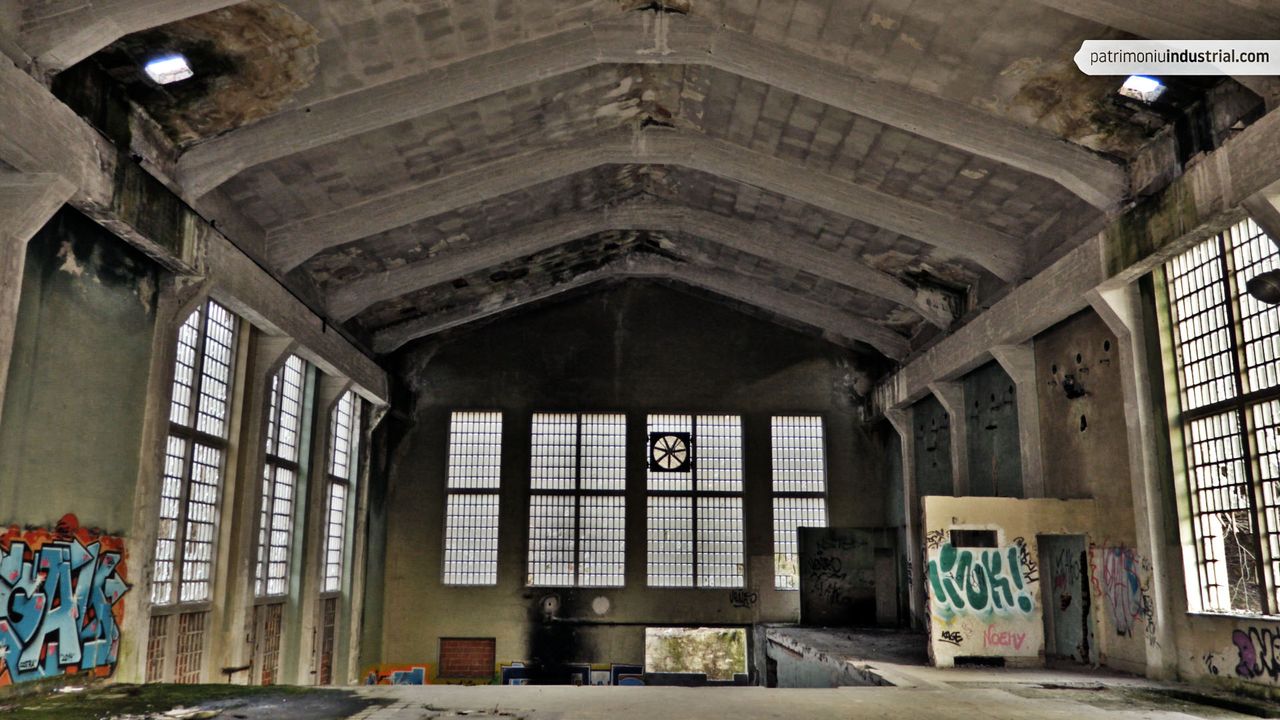

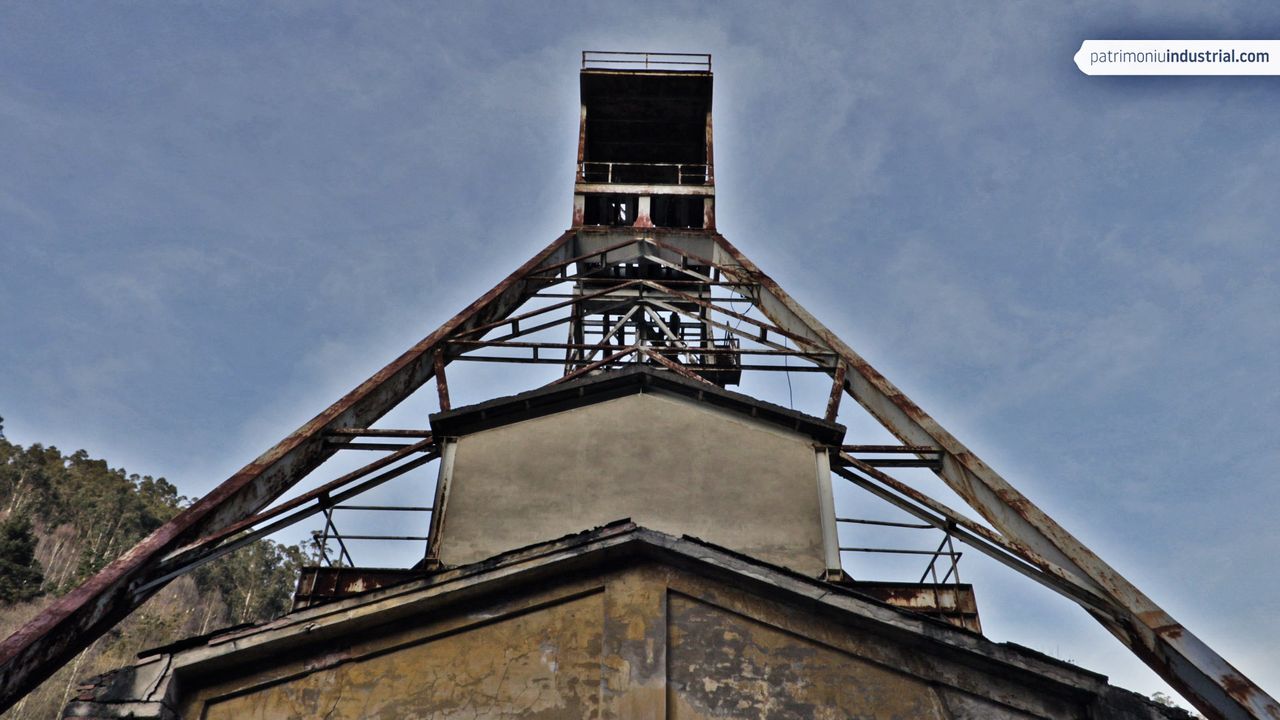

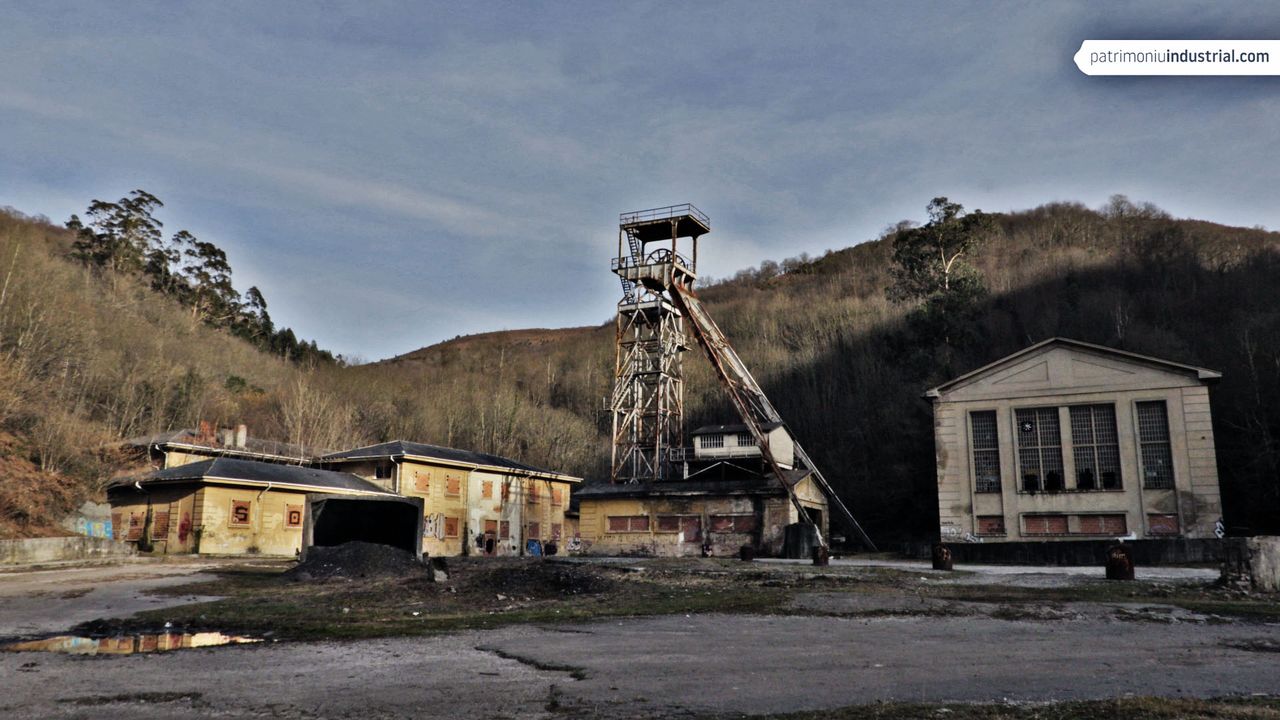
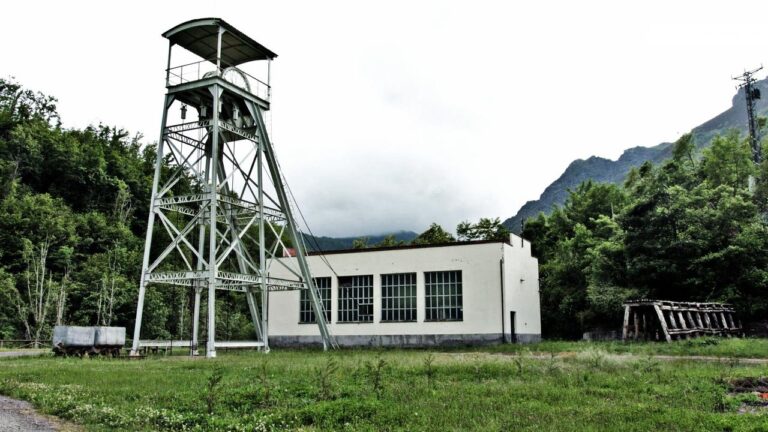
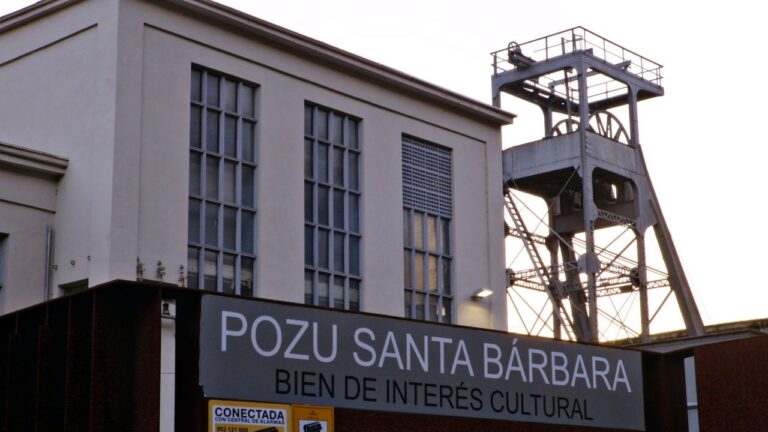
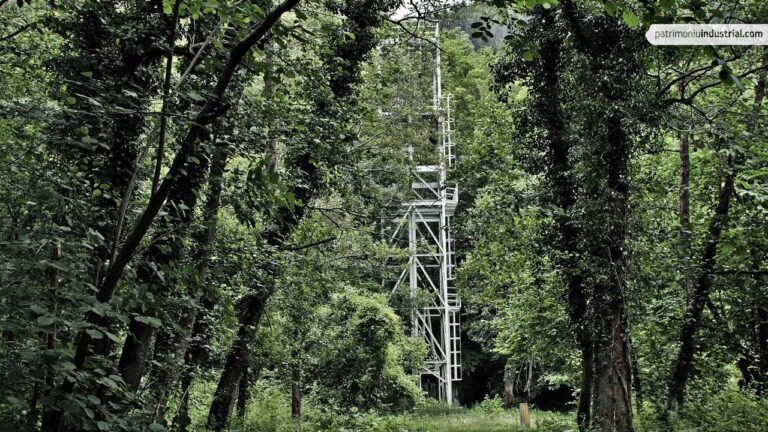

Recent Comments